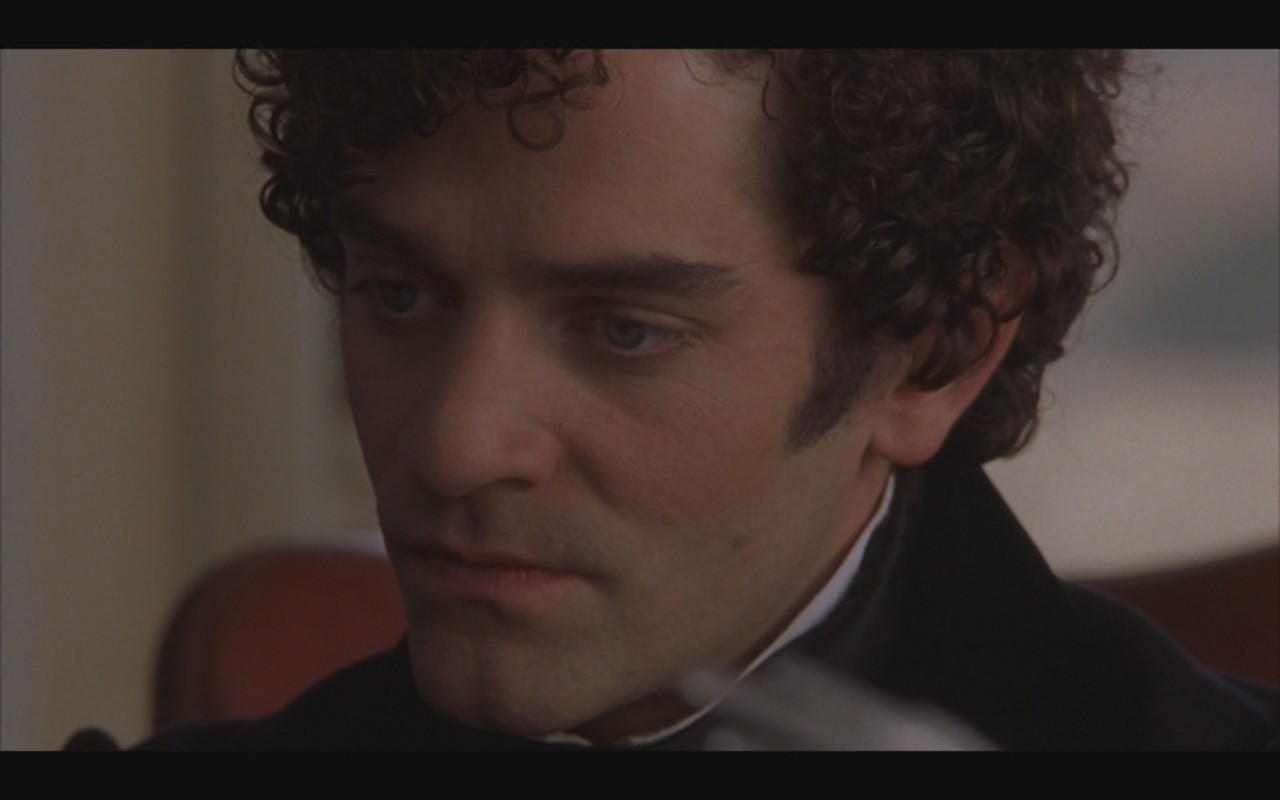A Modern Look At The Count Of Monte Cristo: A Critical Review

Table of Contents
The Enduring Appeal of Revenge
The core of The Count of Monte Cristo's enduring power lies in its exploration of revenge. Edmond Dantès's journey from an unjustly imprisoned innocent to a cunning mastermind seeking retribution taps into a primal human desire. This timeless theme resonates deeply because revenge, while often morally ambiguous, offers a powerful narrative arc.
-
The Psychological Aspects of Revenge: The novel delves into the psychological toll of sustained injustice and the intoxicating allure of vengeance. Edmond’s meticulous planning and calculated actions highlight the intricate mental gymnastics involved in orchestrating elaborate schemes for revenge.
-
Edmond Dantès's Motivations and Justifications: While Edmond's actions are undeniably extreme, Dumas allows the reader to understand his motivations, making him a complex and compelling character. His suffering, coupled with the blatant injustices he faces, provides a degree of justification for his quest for revenge, though it doesn't excuse his methods.
-
Comparison to Modern Narratives: The themes explored in The Count of Monte Cristo, particularly the complexities of revenge, are mirrored in countless modern psychological thrillers and dramas. Shows like "Dexter" or films like "The Revenant" explore similar territory, albeit often with a more contemporary lens.
-
Moral Ambiguity: The novel doesn't shy away from the moral ambiguity surrounding revenge. While readers may sympathize with Edmond's plight, they are also forced to confront the potentially devastating consequences of his actions. This moral grayness adds another layer of depth to the narrative, making it far more engaging than a simple tale of good versus evil.
Character Development and Relationships in The Count of Monte Cristo
The Count of Monte Cristo is populated by richly drawn characters, each with their own motivations, flaws, and compelling arcs. The relationships between these characters drive the plot and enhance the narrative’s emotional impact.
-
Character Arcs and Transformations: Edmond Dantès's transformation from a naive sailor to the sophisticated and vengeful Count is the most dramatic, but other characters also undergo significant changes. Fernand Mondego's descent into jealousy and villainy is as compelling as Edmond's rise.
-
Key Character Relationships: The complex relationship between Edmond and Mercédès, once lovers, now separated by betrayal and revenge, forms the emotional core of the story. The dynamic between Edmond and his enemies, particularly Fernand Mondego and Danglars, fuels the plot's forward momentum.
-
Character Motivations and Flaws: Dumas masterfully portrays characters who are neither purely good nor purely evil. Their motivations are often complex and intertwined, leading to unpredictable actions and compelling conflicts.
-
Modern Character Archetypes: Despite being set in 19th-century France, the characters in The Count of Monte Cristo resonate with modern character archetypes, making the novel accessible and relatable to contemporary readers. The ambitious villain, the wronged hero, and the betrayed lover are all timeless figures.
Social Commentary and Historical Context of The Count of Monte Cristo
Beyond the thrilling plot, The Count of Monte Cristo offers insightful social commentary on the realities of 19th-century France. Dumas’s sharp observations on class inequality, betrayal, and political corruption remain strikingly relevant today.
-
Historical Context of 19th-Century France: The novel provides a glimpse into the social and political landscape of post-Napoleonic France, highlighting the prevalent social stratification and the political machinations of the era.
-
Dumas's Critique of Societal Structures: The novel subtly critiques the inequalities and injustices present in French society, showcasing the devastating impact of political corruption and social prejudice.
-
Relevance to Contemporary Society: The themes of betrayal, class inequality, and abuse of power continue to resonate in contemporary society, making The Count of Monte Cristo a surprisingly relevant read for modern audiences.
-
Comparison to Modern Socio-Political Narratives: The novel's exploration of power dynamics and social injustices mirrors many contemporary socio-political narratives, reminding readers of the enduring nature of these issues.
Literary Style and Narrative Techniques in The Count of Monte Cristo
Dumas's masterful storytelling is evident in his use of suspense, pacing, and plot structure. While the novel's length might deter some modern readers, its gripping narrative and intricate plot keep readers enthralled.
-
Pacing and Plot Structure: The novel's extensive length contributes to a sprawling narrative that allows for thorough character development and intricate plot twists. The pacing, while sometimes deliberate, builds suspense effectively.
-
Suspense, Foreshadowing, and Cliffhangers: Dumas expertly employs suspense, foreshadowing, and cliffhangers to keep readers engaged, leaving them eager to unravel the mysteries and anticipate the next thrilling development.
-
Effectiveness of Narrative Techniques: The effectiveness of Dumas's narrative techniques lies in their ability to blend intricate plots with detailed character portrayals, resulting in a compelling and unforgettable reading experience.
-
Comparison to Modern Literary Styles: While the style might differ from modern concise narratives, The Count of Monte Cristo's impactful storytelling continues to inform contemporary authors.
The Count of Monte Cristo's Lasting Legacy and Adaptations
The Count of Monte Cristo's enduring popularity is evidenced by its countless adaptations across various media. From film and television to stage productions, the novel’s story continues to inspire and captivate audiences worldwide.
-
Enduring Popularity and Influence: The novel’s enduring popularity and influence on popular culture is undeniable, serving as inspiration for countless stories and characters.
-
Adaptations and Interpretations: Different adaptations offer unique interpretations of the source material, reflecting the evolving social and cultural contexts in which they are produced.
-
Impact on Subsequent Works: The Count of Monte Cristo's themes and characters have profoundly influenced subsequent works of literature and film, showcasing its lasting legacy.
Conclusion: A Modern Appreciation of The Count of Monte Cristo
This review has explored the many facets that contribute to the enduring appeal of The Count of Monte Cristo. Despite its length and occasional melodramatic elements, the novel remains a compelling exploration of revenge, justice, and the complexities of human relationships. Its sharp social commentary and insightful character development continue to resonate with modern audiences, highlighting its timeless relevance. Rediscover The Count of Monte Cristo—experience the timeless tale of betrayal, revenge, and ultimately, redemption. Explore the enduring themes of The Count of Monte Cristo and engage with a story that continues to captivate readers centuries later.

Featured Posts
-
 Fox 2 To Simulcast Select Red Wings And Tigers Games
May 04, 2025
Fox 2 To Simulcast Select Red Wings And Tigers Games
May 04, 2025 -
 Can Tynna Deliver Germanys Eurovision Song Contest Worries
May 04, 2025
Can Tynna Deliver Germanys Eurovision Song Contest Worries
May 04, 2025 -
 I Emma Stooyn I Apisteyti Epilogi Forematos Se Koinoniki Ekdilosi
May 04, 2025
I Emma Stooyn I Apisteyti Epilogi Forematos Se Koinoniki Ekdilosi
May 04, 2025 -
 The Kentucky Derby Simone Biles Unexpected Guest Appearance
May 04, 2025
The Kentucky Derby Simone Biles Unexpected Guest Appearance
May 04, 2025 -
 Nyc Press Conference Canelos Road To Undisputed Championship Begins
May 04, 2025
Nyc Press Conference Canelos Road To Undisputed Championship Begins
May 04, 2025
